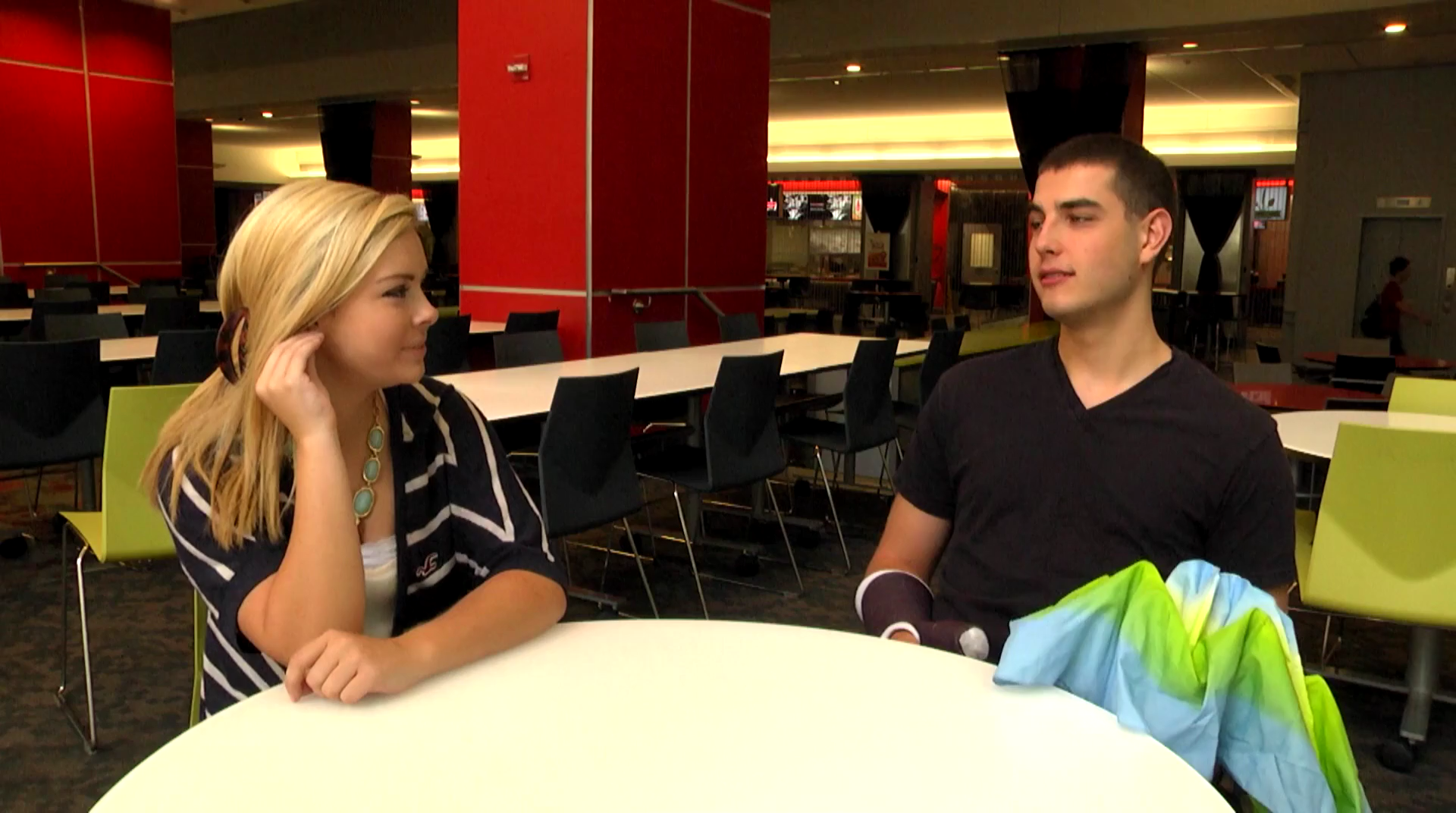Introduction
Sarcasm is a form of verbal irony where a person says something but means the opposite, often to be humorous or emphasize a point. It can be confusing, especially for students who are still developing their social-emotional skills. Recognizing and understanding sarcasm is a crucial aspect of effective communication. This blog post will discuss an engaging no-prep activity, discussion questions, and related skills to help educators teach students about sarcasm.
No-Prep Activity: Sarcasm Detectives
This activity requires no preparation or materials from the educator. Ask students to pair up and take turns being the “speaker” and the “listener.” The speaker will say a sentence, either with genuine meaning or using sarcasm, while the listener tries to detect whether the speaker is being sarcastic or not. Encourage students to pay attention to tone, facial expressions, and the situation to determine if the speaker is being sarcastic. After a few turns, have the students switch roles. This activity helps students practice identifying sarcasm in a fun and interactive way.
Discussion Questions
- Why do people use sarcasm? What are some reasons someone might choose to be sarcastic instead of saying what they genuinely mean?
- Can you think of a time when you misunderstood someone’s sarcasm? How did it make you feel? How did you resolve the confusion?
- How can sarcasm sometimes lead to miscommunication or hurt feelings? What can we do to minimize these negative effects?
- What are some strategies for detecting sarcasm in a conversation? How can we improve our ability to recognize and understand sarcasm?
- How is sarcasm used in different cultures and social contexts? Are there situations where using sarcasm might be inappropriate?
Related Skills
Understanding sarcasm is just one aspect of social-emotional learning. Other related skills that educators can teach students to improve their communication and interpersonal abilities include:
- Active listening: Developing the ability to fully engage and understand what others are saying.
- Empathy: Understanding and sharing the feelings of others, which can help in detecting sarcasm and avoiding miscommunication.
- Nonverbal communication: Paying attention to body language, facial expressions, and tone of voice to better understand the intended meaning of a message.
- Assertiveness: Expressing one’s thoughts and feelings openly and respectfully, which can help avoid misunderstandings and misinterpretations of sarcasm.
Next Steps
Teaching students to understand sarcasm is an important part of their social-emotional development. To access free samples of engaging and practical materials to help teach sarcasm and other essential social skills, sign up at Everyday Speech’s sample materials. These resources can help educators create a supportive and inclusive learning environment where students can thrive both academically and socially.










